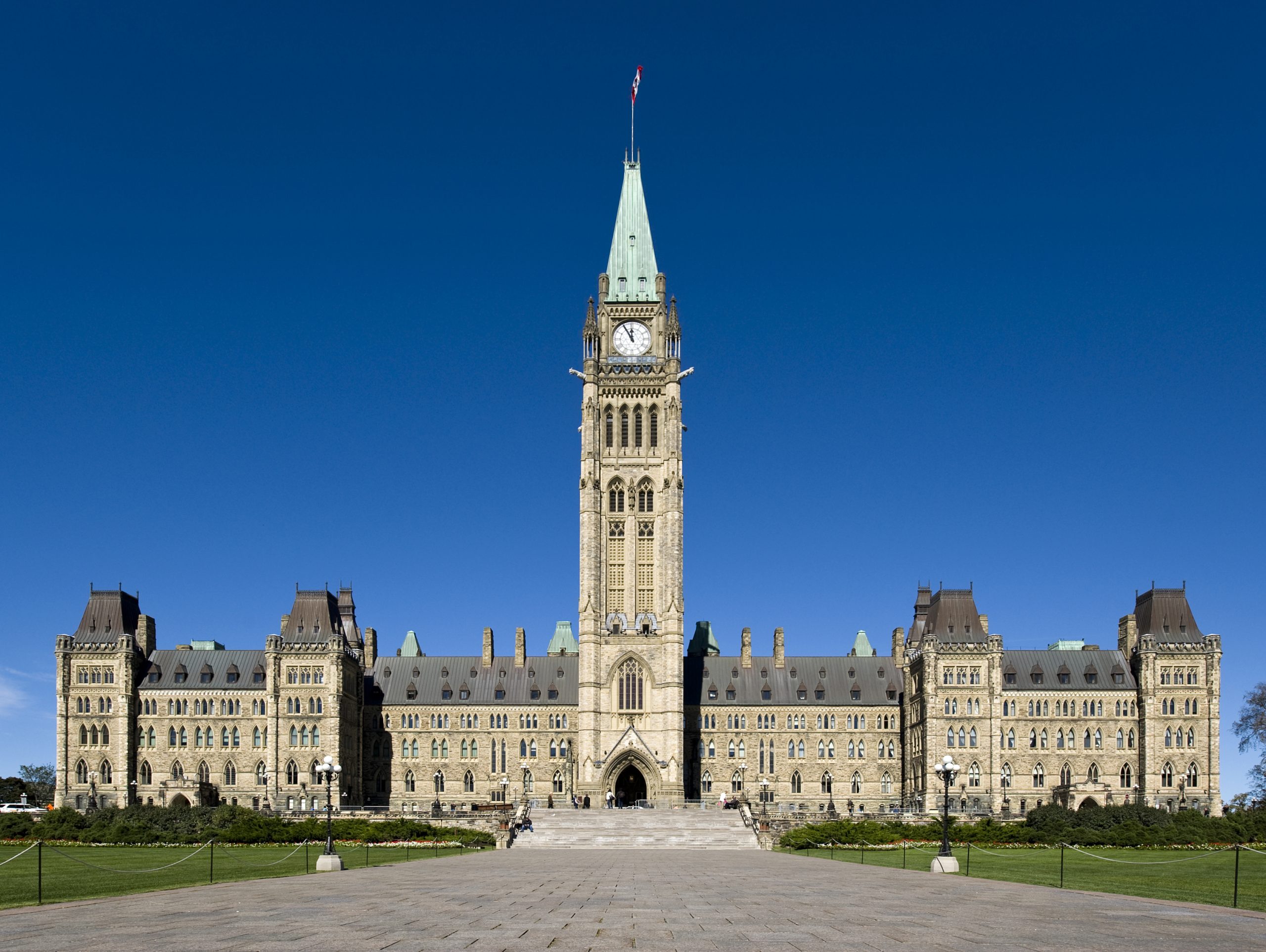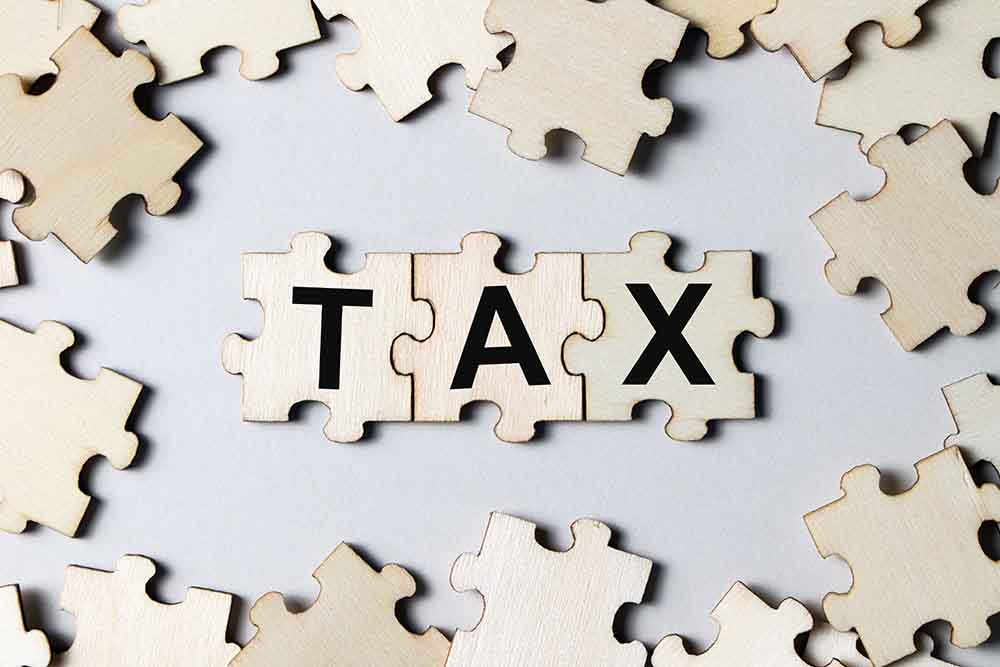The 2004 Tax Load Index offers a simple measure of tax competitiveness across western Canada and adjacent jurisdictions, including Ontario and two American states, North Dakota and Minnesota. It sums up a jurisdiction’s key tax rates – the top provincial marginal rates (including surcharges) on personal and corporate income, as well as payroll, capital, sales taxes , and for the first time this year health taxes* – to present a picture of the total tax burden , and to benchmark them against our neighbours’ tax load. The index excludes federal taxes since they are the same in all provinces. For simplicity’s sake, minor variations in tax base calculations have been ignored. Alberta has unsubsidized power and car insurance industries, but these are ignored in this index. The maximum capital tax rate used is the highest rate used, those imposed on financial institutions. These taxes, viewed by economists as among the most damaging form of taxation, are lower on other forms of capital.
• The index shows small movement since 2003, with taxes falling only slightly in two Prairie Provinces. Ontario has not proceeded with planned 2004 tax cuts and has imposed a new health tax.
• Alberta has continued to reduce its corporate tax load . It cut both its corporate and small business tax rate by two percent each and thereby reduced its tax load by almost five points to 21.6%. It has the country’s lowest business and personal taxes and no sales and payroll tax.
• Both American states on the chart have a lower tax load than Alberta. Minnesota is considered to be a “higher tax” state in the U.S., North Dakota a “lower tax” one. North Dakota recently changed its corporate tax rules resulting in a three and one half point reduction in its overall tax load.
• While retaining its position as the least competitive tax jurisdiction, Manitoba lowered its corporate rate by a half point to 15.5%, making its tax load 50.1%. Saskatchewan increased its tax load to 47. 8% by increasing its provincial sales tax by one percent. Both provinces continue to increase their tax load vis-a-vis Alberta’s.
• No changes in Manitoba’s personal income tax rates this year. These remain the second highest on the chart and a whopping 74% higher than Alberta’s . Manitoba also remains the only prairie province to levy a payroll tax.
• Declining tax rates in Alberta and the elimination of that province’s debt point to even greater pressures on other prairie provinces to keep up with Alberta.
• Manitoba remains in a low -growth policy framework with extremely uncompetitive tax rates. To stimulate its economy , it needs to bring its personal income tax rates in line with its neighbours, particularly since 6% of the population pays over 33% of taxes .
• Reductions in top rates can be funded initially by efficiencies available from more modern policy models. Experience sh o w s that lower marginal rates accelerate growth, expanding the tax base and ultimately increasing revenues.
Read in PDF format here.



